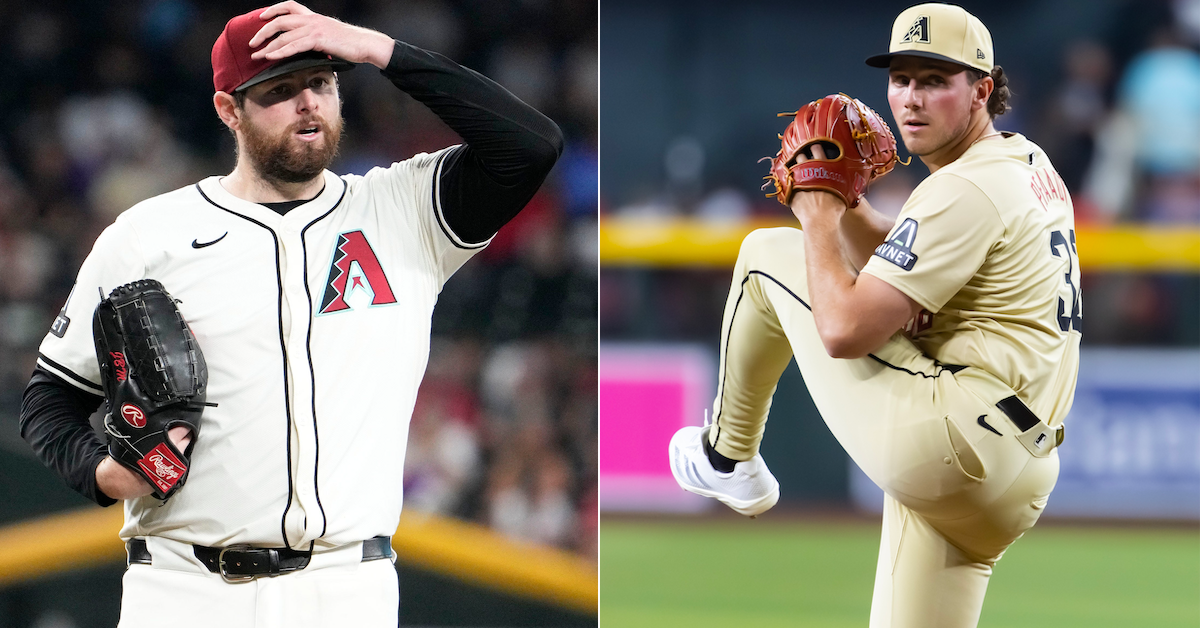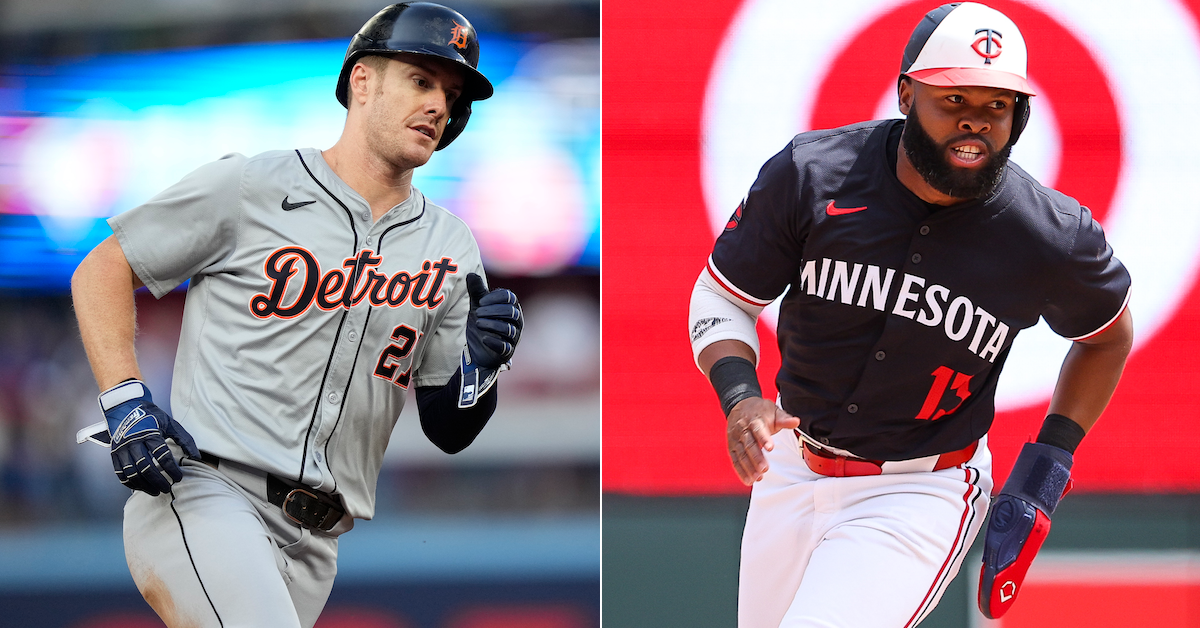Red Sox Sign .400 Hitter to Long-Term Extension

Kristian Campbell has come a long way in a short time. Less than two years after being drafted by the Red Sox out of Georgia Tech, with just 137 minor league games under his belt, he placed seventh on our Top 100 Prospects list in February, and won the starting second base job during spring training. Now, with just a week of major league service time under his belt, Campbell has agreed to an eight-year, $60 million extension that includes a pair of team options and escalator clauses that can push the contract’s value past the $100 million mark. It’s a deal that provides both security for Campbell and some opportunity for growth, though it’s not hard to notice the much more lucrative extension that the Padres announced for Jackson Merrill on Wednesday as well and wonder whether Campbell should have waited. Either way, the Red Sox have ensured that another talented youngster will be part of their foundation in the coming years.
The 22-year-old Campbell is raking at a .400/.500/.750 (258 wRC+) clip through the first week of his major league career. So far, five of his eight hits have been for extra bases, including a 431-foot homer off the Rangers’ Jacob Webb on Saturday. He celebrated the news of his extension on Wednesday night with a pair of opposite-field doubles off Orioles starter Zach Eflin.
While Campbell was a co-favorite to win AL Rookie of the Year honors in our annual staff poll, nobody expects him to continue at this breakneck pace. Still, buzz about an extension had been circulating in recent days, and while this move isn’t nearly as big as the six-year, $170 million extension the Red Sox announced on Monday for lefty Garrett Crochet, the team clearly views Campbell as an important piece of its future. Read the rest of this entry »








